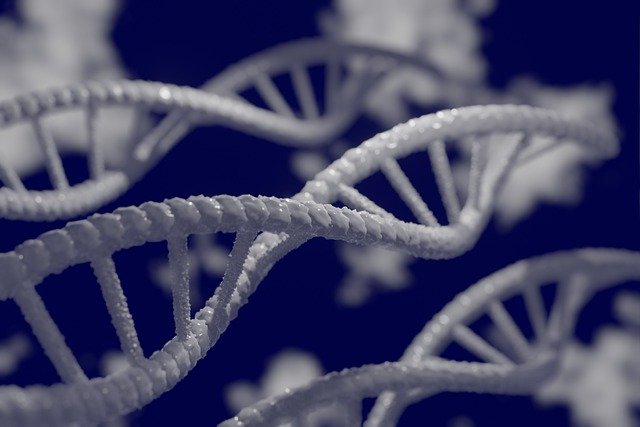
In the field of the economy, a recessive factor is one that favors recession.
Recessive is an adjective that can be used in the field of economics and biology . In the first case, recessive is that which generates a recession . To understand this idea, therefore, it is necessary to know what recession is in an economic sense.
When economic activity declines, a recession occurs. This means that production and consumption fall, but unemployment increases. In short, that factor that causes recession is classified as recessive.
For example: “The government plan is recessive and will only cause unemployment to continue growing,” “We are in a recessionary period in the economy, but I trust that we will overcome it soon,” “Increasing taxes is recessive: having less money available, people do not consume and business owners are forced to cut production and lay off workers.”
The recessive alleles
For biology , recessive alleles are those that, although they are not present in the phenotype of the person who possesses them, can manifest themselves in their offspring.
Alleles are genes in a pair that are located in the same space on chromosomes that are homologous. According to the alleles, certain biological characteristics are established. The dominant allele is the one that, in the pair in question, manifests itself in a phenotype. The recessive allele, on the other hand, cannot manifest itself .
Suppose there is a violet plant . The dominant allele, in this case, will be the one that determines the violet color, even if the recessive allele indicates that the color should be yellow.

A recessive allele can manifest itself in the offspring despite not being present in the phenotype.
genetic dominance
Genetic dominance can be defined as the relationship that exists between the alleles that are part of a given gene, in which one of them (called "phenotype") masks the expression of another in a fixed position within the chromosome (this is called known as "locus", from the Latin term that can be translated as "place").
If we take a very simple example of a gene in which there are two allelic forms, A and a , there are three possible combinations of alleles (which are called "genotypes"), and they are the following: AA, Aa and aa. Two concepts emerge from this:
* homozygous individuals : organisms in which the two alleles present the same data for the same character;
* heterozygous individuals : they are diploid individuals (cells that, as opposed to gametes, have a double number of chromosomes, that is, they have them in two series) that for a given gene have on each homologous chromosome an allele with two forms of a gene. given, each one received from each of the parents.
Now, if the homozygous AA and aa have different forms for a particular characteristic and the heterozygous Aa are the same as the phenotype of the AA , it is correct to say that the A allele dominates over the a , while the latter is recessive with respect to the first.
Autosomal recessive
It is a classic or Mendelian inheritance pattern characterized by not showing genetic dominance. The term Mendelian, for its part, refers to Gregor Johann Mendel (see the second image), an Austrian monk considered the father of genetics , responsible for important discoveries and for coining the concept of dominance, among other merits.
In the autosomal recessive pattern, the recessive allele is encoded in a gene that is found on one of the chromosomes or autosomes that do not determine sex and does not manifest if it is accompanied by a dominant one. In other words, a given heritable characteristic is passed from parents to children in a way that can be predicted without considering the sex of the latter.
It is important that the offspring inherits the gene from both parents so that the characteristic in question is expressed; A disease , for example, is autosomal recessive when the person has received the abnormal allele from both of their parents.
